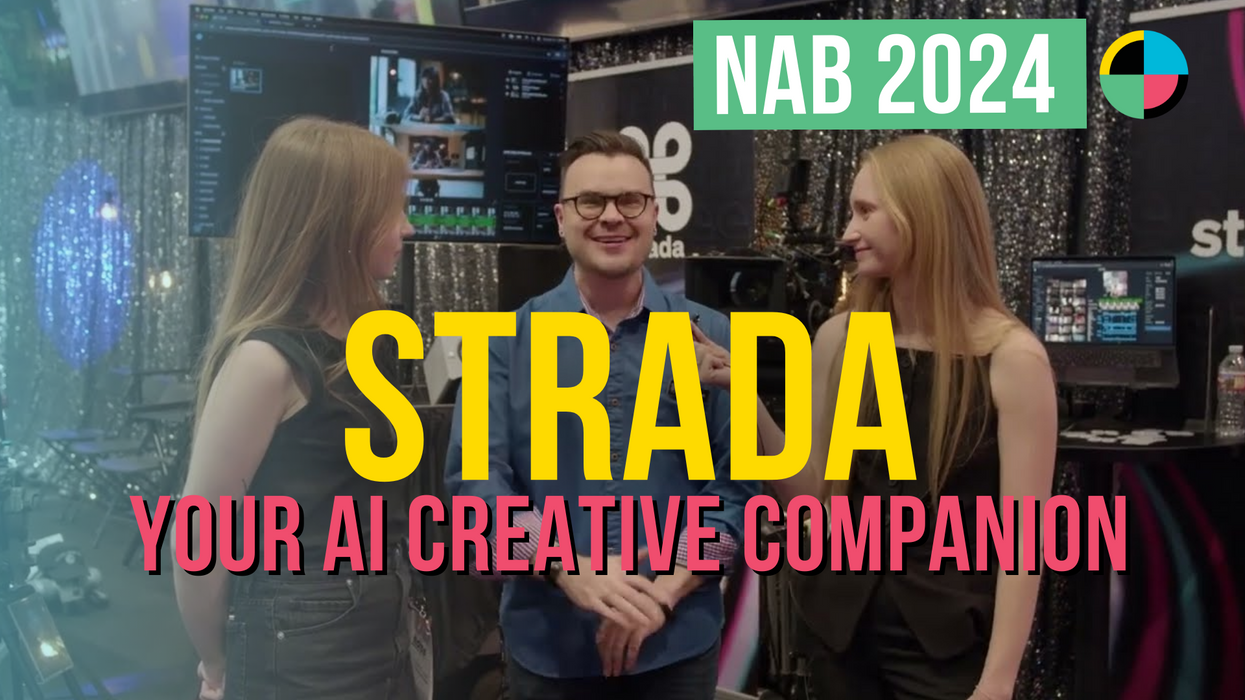How to Bring Characters to Life on Your Sets
There are so many elements that create authenticity and life in your projects. Let's look at a few.

There's something magical about sitting in a room at SDCC next to a President Loki, a Classic Loki, a Natasha Romanoff, a Tim the Enchanter, and someone in full Mandalorian armor. It's an experience that immediately transports you into a different world, especially with the expertise of cosplay at a con as big as SDCC. You feel like you're walking around the Marvel universe or a planet from Star Wars.
Many actors say that the experience of a role is not real until they put on their costume. It's an element that makes a project feel like it's truly happening, and the world is finally coming together. Seeing your characters appear in the flesh on set, if you're a writer or director, is a feeling like no other.
But how do you get there? How can filmmaking teams bring worlds and characters to life?
Panelists Liezl Fernando (costume designer; Everwing, Miss Global Pageants), Gina Su (actor, The Bold and The Beautiful, Fetish), and Harry Mok (producer, writer, Animal Crackers, Rambo: First Blood Part II) discussed this in their SDCC panel today, "How to Get into Character." The panel was moderated by Francis Kong (curator, Imagine Talks).
Mok shared how he recently completed a period film shot in Russia, and he admitted he didn't even speak the language or understand what his actors were saying. It was shot in 40 days. This is a very unique situation, obviously, but even with this handicap as a director, what was important for him was to know all of the characters. For Mok, this meant writing out full biographies and knowing minutae like what the characters would have done on the morning of a scene.
Costume designers, Fernando said, are often working from other storytellers' characters, so it's a different development situation. They have to meld their designs to something that someone else has created. (This applies to cosplay, as well.) They have to work with a script and an actor and a director to bring a character to life, visually. It's a matter of teamwork and being willing to take direction.
Su confirmed costuming is often the last piece to get her into character as an actor. She also said that for her work as a performer, she loves to develop backstory.
She uses a process from acting teacher Warner Loughlin called "Imagination." If a script calls for a strong emotional reaction in a scene, she writes an additional scene with a backstory to explain why the character has that reaction. If she has to cry when picking a flower, she develops a story about the character's puppy that was named for that flower, and now the flower reminds her of her late dog.
Mok has worked as a director on many low-budget projects, and he admitted he has not always worked with the most fully developed scripts. In these cases, the scripts act more as guidelines for a project, and can be rewritten and punched up (sometimes on the fly). If actors ask him about developing characters, he waits to see how they approach the writing during a read-through, and that will often inform how he helps develop characters on his projects.
"I'm a painter, and I've got a blank canvas in front of me, and every color is an actor, or the set, or the cameras," Mok said.
He also pointed out he's seen how cosplayers at SDCC are fully committed and immersed in their characters. That's what he loves to see on sets, too.
Su admitted that the process is grueling. Sometimes she is writing backstory for a character who has one line on a project, or prepping for an audition over Thanksgiving. But for her, and others who really love the process of bringing characters to life, it's a joy to do.
Let us know your thoughts in the comments.













